When floodwaters expose poverty
Amidst the vast sea of water covering the Northern Delta, the poor corrugated iron roofs still stand alone like life buoys. They are lost in the murky water, inside are people sitting with their knees drawn up, waiting for rescue.
No one could have imagined that in the 21st century, just one storm could turn those fragile tin-roofed houses into the difference between life and death. And for the first time in many years, Vietnam had to call for urgent assistance from the international community.
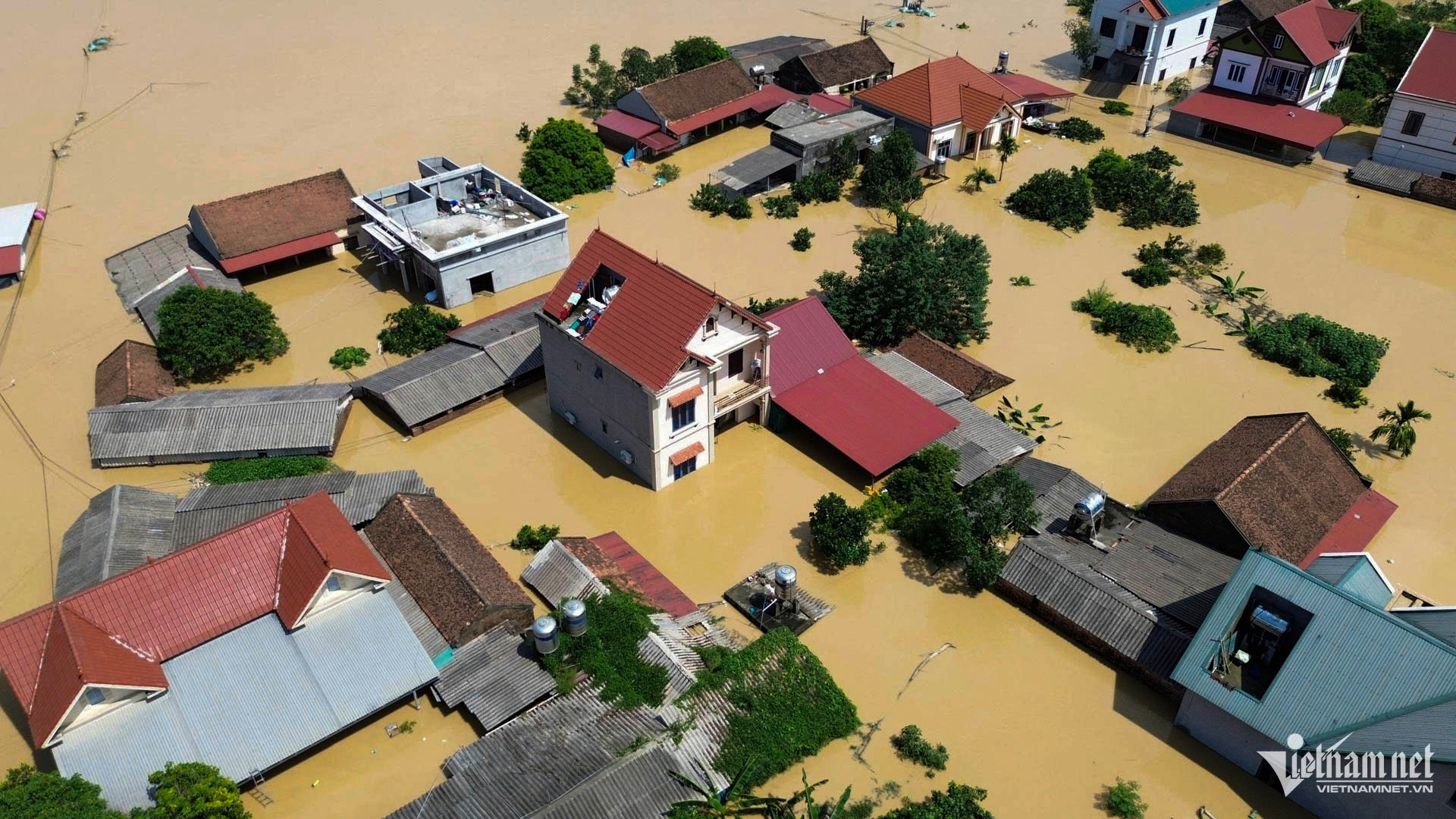 Storm No. 11 caused many houses in Hop Thinh commune, Bac Ninh province to be submerged in water.
Storm No. 11 caused many houses in Hop Thinh commune, Bac Ninh province to be submerged in water.
Storm No. 11, international name Matmo, is not the strongest storm, but preliminary statistics so far show that 15 people have died and gone missing, 07 people have been injured; over 16,900 houses have been flooded (concentrated in Cao Bang, Thai Nguyen, Lang Son and Hanoi ).
The economic loss was more than 35,000 billion VND — equivalent to 1.3 billion USD, reducing GDP by 0.2%. But the figure is only the tip of the iceberg. The hidden part is the people's tears, the helplessness of watching their whole lives and their life's assets go down the drain.
In Thai Nguyen, about 5,450 houses were damaged. In Bac Ninh, small neighborhoods were left with only roofs rising and falling like isolated islands.
A young girl who just opened a spa cried as she watched her entire business sink. A funeral had to be carried by boat. An old woman sat holding a wet cat under a faded tin roof. These images were no longer a personal tragedy, but a tragedy of poverty – poverty of material goods, poverty in the ability to defend against nature.
Many people, especially in remote and rural areas of Vietnam, still live in rudimentary houses that are not able to withstand an unusual rainy season.
Towards the people
As cries for help rang out from the roofs of flooded houses, tens of thousands of people were unable to sleep. Nearly 30,000 soldiers, 11,500 police officers, thousands of militiamen, youths, and people from other provinces poured into the flooded areas. Convoys of vehicles carried instant noodles, clean water, life jackets, and warm blankets. Six planes of the Ministry of National Defense continuously transported relief goods. Police officers carried old people on their backs and held children. Young soldiers soaked themselves in cold water to protect the dikes, build shelters, and cook rice for the people.
Amidst the sea, the soldiers in green shirts have created the most trustworthy image of the country: united, resilient, and silent.
Prime Minister Pham Minh Chinh was present in the flooded area, while the water had not yet receded. He immediately gave instructions that night: "At all costs, do not let people go hungry, lack clothes, and sleep on the ground." Deputy Prime Ministers dispersed to the scene. Urgent meetings took place day and night. The national executive apparatus worked in a situation of both fighting natural disasters and maintaining economic stability.
And in that moment, we clearly saw a united Vietnam with hands reaching out to each other.
When Vietnam calls out to the world
On the afternoon of October 9, the Ministry of Agriculture and Environment held a meeting with more than 20 international organizations and embassies. Deputy Minister Nguyen Hoang Hiep said a very truthful sentence: "Some problems have exceeded the tolerance of the people."
No more diplomatic language, no more emotionless numbers. These are the true words of many exhausted people in need of rescue after too many storms, floods, and natural disasters.
At the meeting, Ms. Pauline Tamesis, UN Resident Coordinator in Viet Nam, called for urgent support for the affected localities as the current needs are huge and urgent. "Many families have lost their homes, their livelihoods, even their loved ones. Our collective action can be a lifeline for those struggling with the consequences of natural disasters," she said.
Natural disasters have become a global problem. Vietnam – the country most affected by climate change in Southeast Asia – is paying the price for changes it did not make. In such circumstances, calling out to the world is not an act of weakness, but a sign of courage.
Standing up from the raging waters
The storm has passed. The rain has stopped. But in Thai Nguyen, Bac Ninh, Lang Son, Cao Bang, the water is still deep. Skinny children sit on mats drying in the sun, waiting for their books to dry so they can go back to school. A teacher standing in the middle of a flooded school whispered: “As long as you are alive, we will start over.”
That simple saying contains endurance and resilience.
In the midst of this pain, Vietnamese people still smile, still give each other instant noodles and water bottles. There are still people who walk dozens of kilometers just to bring bags of rice to the neighboring village. There are still young people in Hanoi who drive trucks carrying life jackets to flooded areas. There are still old people who carry cartons of milk to help their fellow countrymen.
We have survived wars, we have risen from pandemics, and now, we must learn to rise from the raging waters.
As natural disasters become more erratic, what can we do to become more adaptive and resilient?
From the Government to the people, how do we need to change the way we prepare, the way we live, and the way we build the economy to be ready for the next natural disasters?
Vietnamnet.vn
Source: https://vietnamnet.vn/dung-len-tu-lu-du-2451608.html



![[Photo] Discover unique experiences at the first World Cultural Festival](https://vphoto.vietnam.vn/thumb/1200x675/vietnam/resource/IMAGE/2025/10/11/1760198064937_le-hoi-van-hoa-4199-3623-jpg.webp)


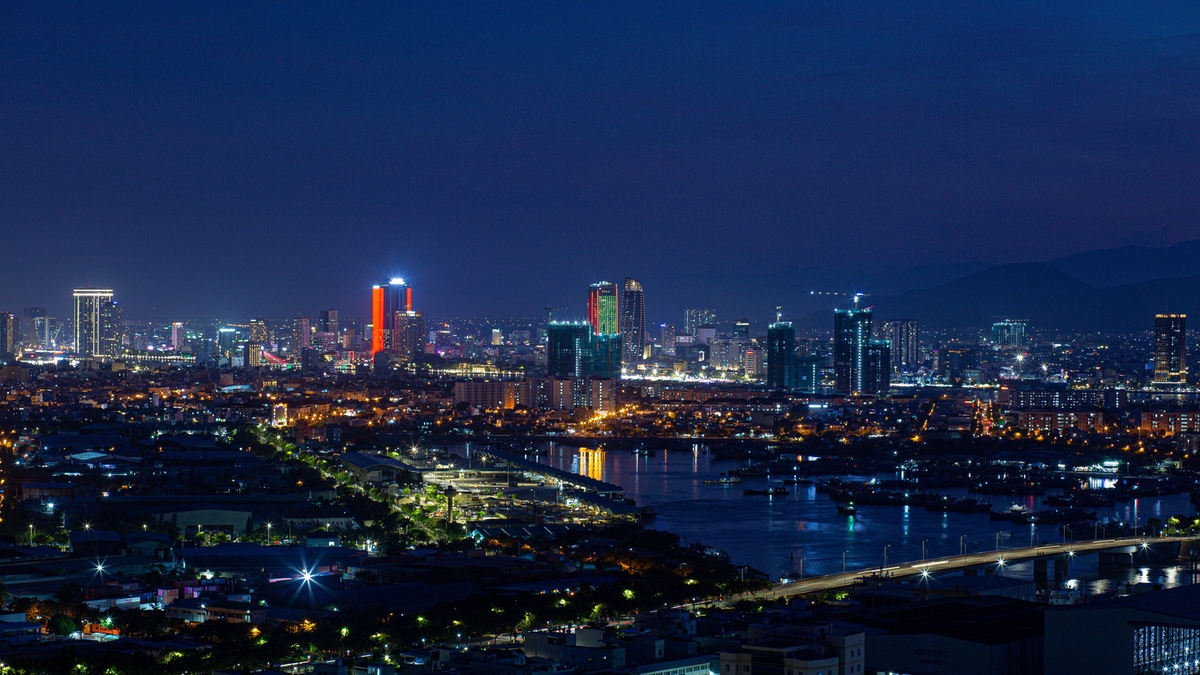

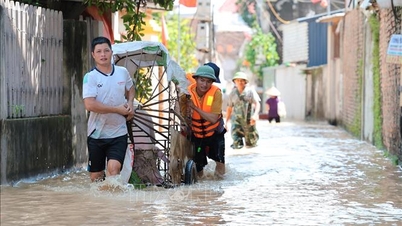



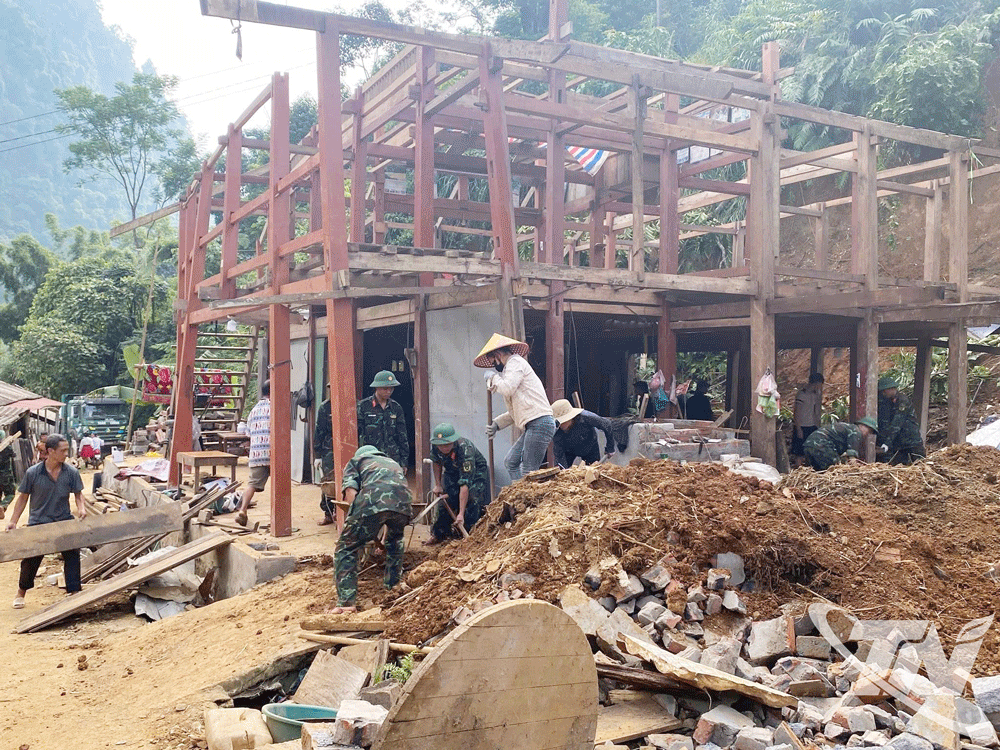
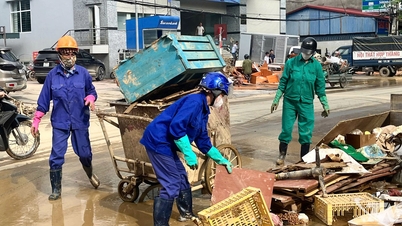
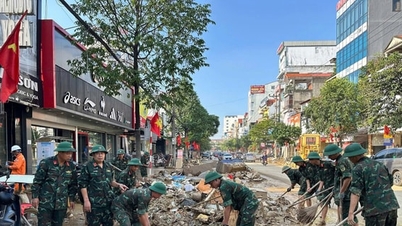

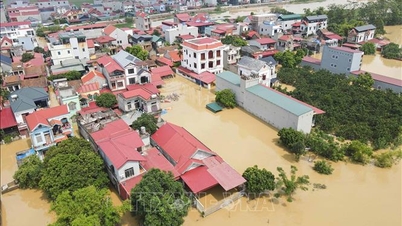



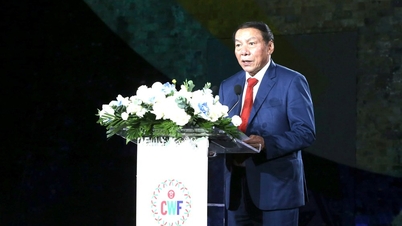

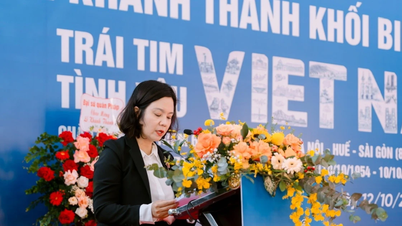

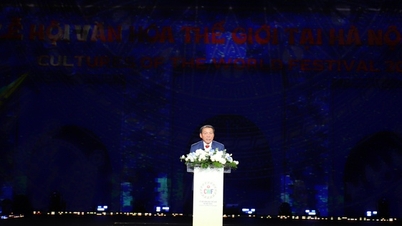

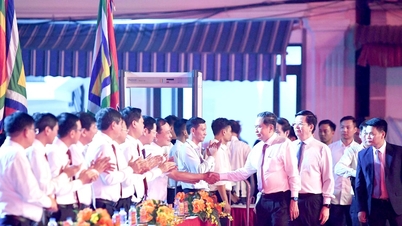







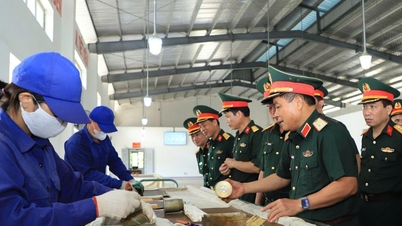































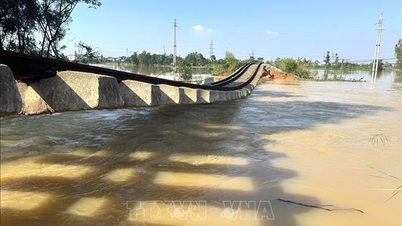


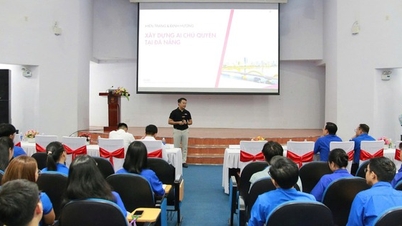
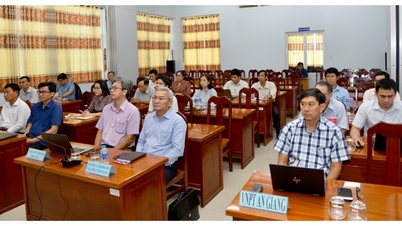
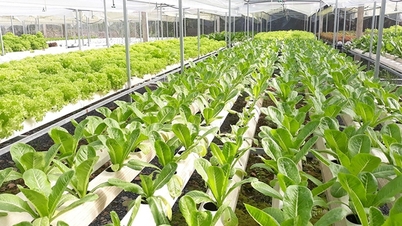

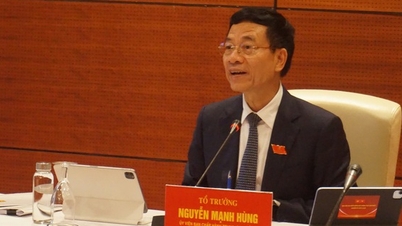


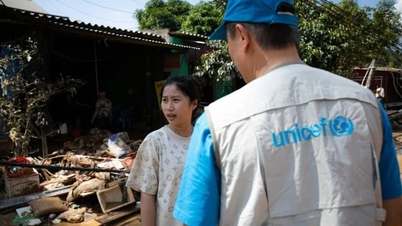


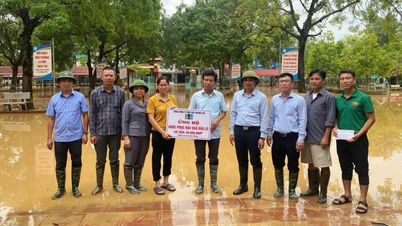
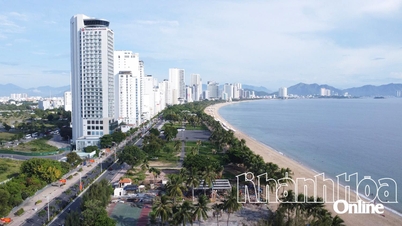

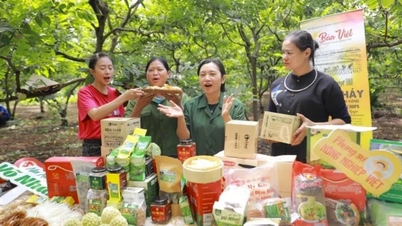










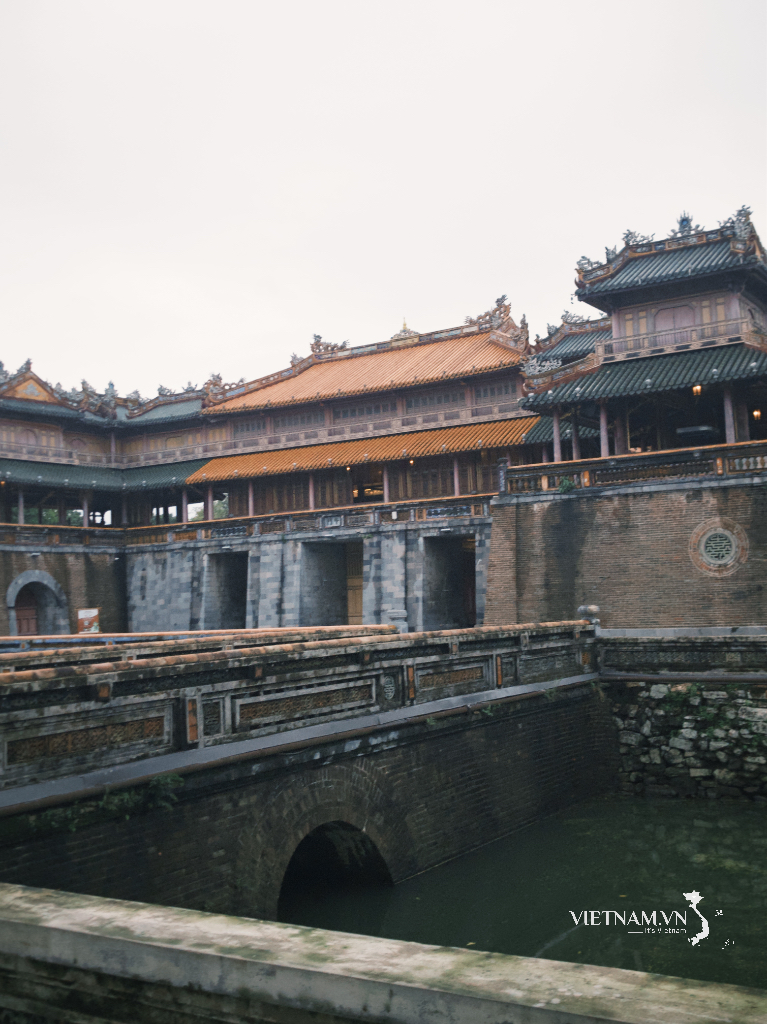

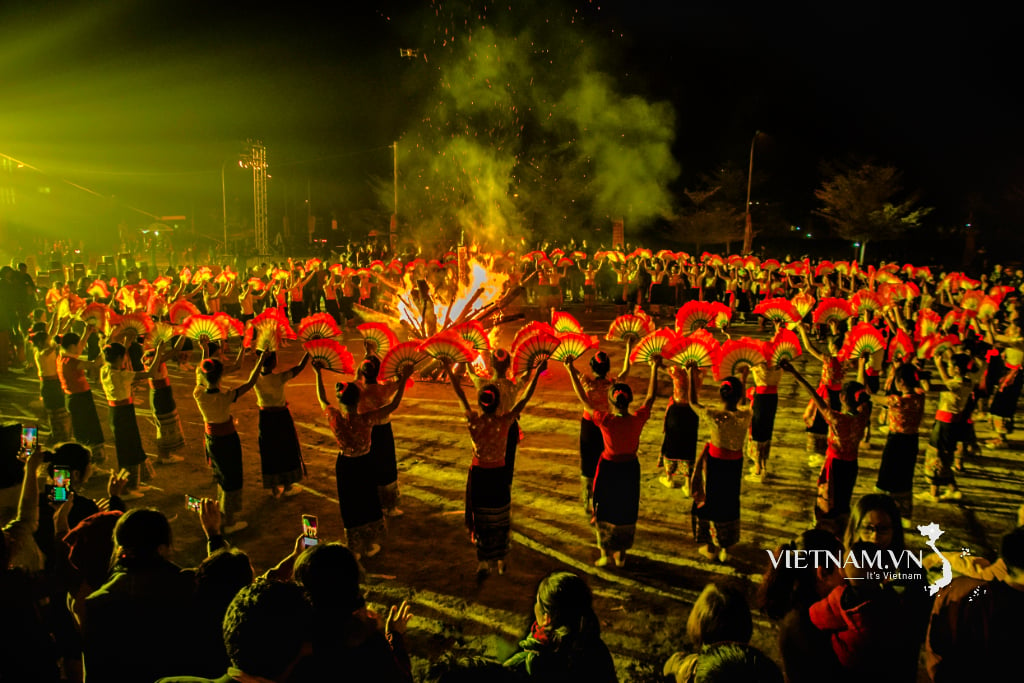

Comment (0)